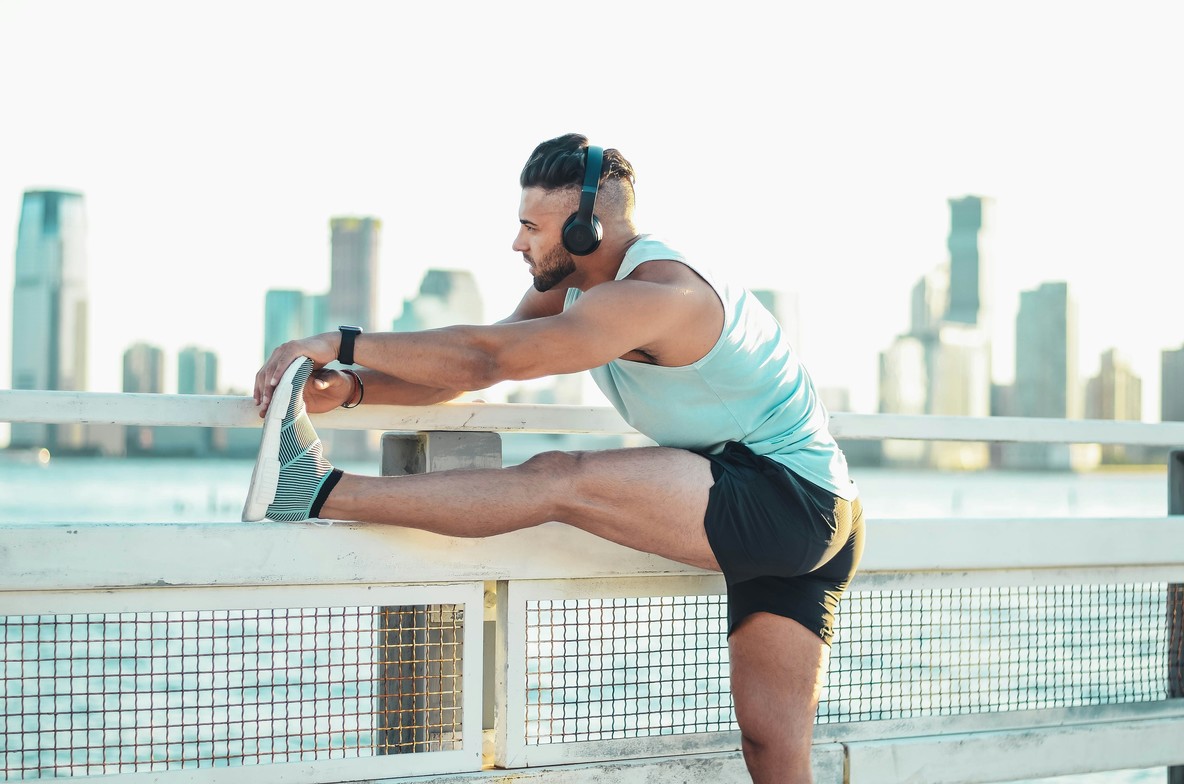
The Power of a Simple Daily Practice
We often think of stretching as something to do only before a workout or after sitting for too long. But when done consistently, daily stretching can become one of the easiest ways to support your body’s overall health. Whether you’re working long hours at a desk, staying active with your kids, or training at the gym, stretching can help your muscles stay flexible, your joints mobile, and your posture strong.
The beauty of stretching is that it doesn’t require special equipment or a big time commitment. Just a few minutes a day can go a long way in relieving tension and reducing the likelihood of soreness and minor injuries.
Why Flexibility Matters
When muscles are tight or imbalanced, they can pull on surrounding joints and lead to discomfort or poor movement patterns. Over time, this can create strain in the neck, back, shoulders, or hips. Daily stretching helps lengthen muscles and increase circulation, making it easier for your body to move properly and recover from stress.
Incorporating regular stretching can also help reduce the tension we carry from mental or emotional stress. Areas like the neck, jaw, and shoulders often tighten during high-pressure days without us even noticing. A few mindful stretches can bring awareness to these holding patterns and allow us to release them.
Getting Started with a Stretching Routine
If you're not used to stretching regularly, start small. Aim for consistency over intensity. Focus on major muscle groups like the hamstrings, hip flexors, chest, and upper back. Gentle movement, held for 20–30 seconds, is usually enough. Never push into pain, and remember that stretching should feel relieving—not uncomfortable.
Here are a few simple ideas to ease into a daily routine:
- Do a few standing stretches while your morning coffee brews
- Take a short stretch break mid-afternoon to loosen your neck and shoulders
- Incorporate light stretches into your wind-down routine before bed
Listen to Your Body
Everyone’s body is different, so your stretching routine should reflect what feels best for you. On some days, a few deep breaths in a forward fold may be all you need. On others, you may feel more benefit from full-body movement like yoga or mobility exercises. The key is staying consistent and paying attention to how your body responds.
The content in this blog is for informational purposes only and is not a substitute for professional medical advice, diagnosis, or treatment. Always consult your doctor or a qualified healthcare provider before trying new healthcare protocols.

Riley Dodd D.C.
Contact Me



